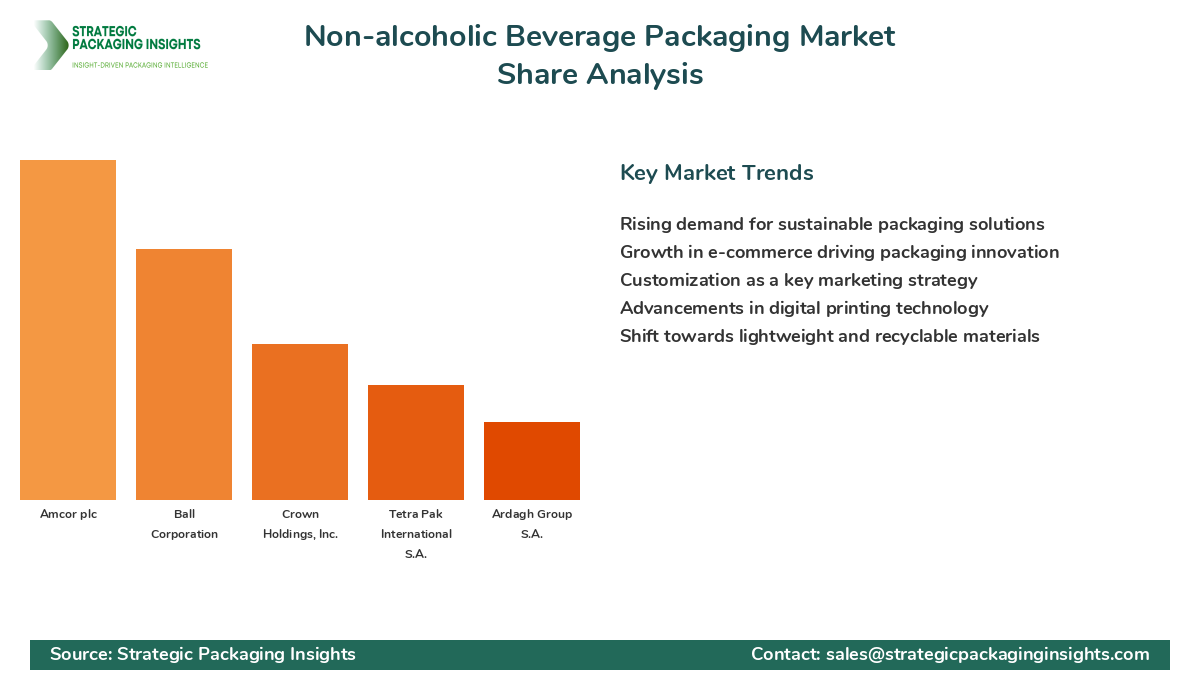- Home
- Beverage Packaging
- Non-alcoholic Beverage Packaging Market Size, Future Growth and Forecast 2033
Non-alcoholic Beverage Packaging Market Size, Future Growth and Forecast 2033
Non-alcoholic Beverage Packaging Market Segments - by Material (Plastic, Glass, Metal, Paperboard), Packaging Type (Bottles, Cans, Cartons, Pouches), Application (Carbonated Soft Drinks, Juices, Bottled Water, Ready-to-Drink Tea and Coffee, Functional Beverages), and Region (Asia Pacific, North America, Latin America, Europe, and Middle East & Africa) - Market Dynamics, Growth Opportunities, Strategic Drivers, and PESTLE Outlook (2025–2033)
Non-alcoholic Beverage Packaging Market Outlook
The non-alcoholic beverage packaging market was valued at $47.2 billion in 2024 and is projected to reach $68.5 billion by 2033, growing at a CAGR of 4.2% during the forecast period 2025-2033. This market is driven by the increasing demand for convenient and sustainable packaging solutions, as consumers become more health-conscious and environmentally aware. The rise in consumption of non-alcoholic beverages such as juices, bottled water, and functional drinks is propelling the need for innovative packaging that not only preserves the quality of the beverage but also appeals to the eco-friendly consumer. The market is also witnessing a shift towards lightweight and recyclable materials, which are gaining traction due to their reduced environmental impact.
Report Scope
| Attributes | Details |
| Report Title | Non-alcoholic Beverage Packaging Market Size, Future Growth and Forecast 2033 |
| Base Year | 2024 |
| Historic Data | 2017-2023 |
| Forecast Period | 2025-2033 |
| Number of Pages | 103 |
| Material | Plastic, Glass, Metal, Paperboard |
| Packaging Type | Bottles, Cans, Cartons, Pouches |
| Application | Carbonated Soft Drinks, Juices, Bottled Water, Ready-to-Drink Tea and Coffee, Functional Beverages |
| Region | Asia Pacific, North America, Latin America, Europe, Middle East & Africa |
| Customization Available | Yes* |
Opportunities & Threats
The non-alcoholic beverage packaging market presents significant opportunities for growth, particularly in the development of sustainable packaging solutions. With increasing consumer awareness about environmental issues, there is a growing demand for packaging that is biodegradable, recyclable, and made from renewable resources. Companies that invest in research and development to create innovative packaging solutions that meet these criteria are likely to gain a competitive edge. Additionally, the rise of e-commerce and online grocery shopping is creating new avenues for packaging companies to develop solutions that ensure product safety and integrity during transit.
Another opportunity lies in the customization and personalization of packaging. As brands strive to differentiate themselves in a crowded market, unique and personalized packaging can serve as a powerful marketing tool. Advances in digital printing technology have made it easier and more cost-effective for companies to offer customized packaging solutions that cater to individual consumer preferences. This trend is particularly prevalent in the premium segment of the market, where consumers are willing to pay a premium for products that offer a personalized experience.
However, the market also faces several threats, including stringent regulations related to packaging waste and recycling. Governments around the world are implementing policies to reduce plastic waste and promote recycling, which can pose challenges for companies that rely heavily on plastic packaging. Additionally, fluctuations in raw material prices can impact the profitability of packaging manufacturers, as they may struggle to pass on increased costs to consumers. Companies must navigate these challenges by investing in sustainable practices and exploring alternative materials that comply with regulatory requirements.
The competitive landscape of the non-alcoholic beverage packaging market is characterized by the presence of several key players who dominate the market share. These companies are engaged in strategic initiatives such as mergers and acquisitions, partnerships, and product innovations to strengthen their market position. The market is highly competitive, with players focusing on expanding their product portfolios and enhancing their production capabilities to meet the growing demand for non-alcoholic beverage packaging solutions.
Leading companies in the market include Amcor plc, Ball Corporation, Crown Holdings, Inc., Tetra Pak International S.A., and Ardagh Group S.A. Amcor plc is known for its innovative packaging solutions and commitment to sustainability, offering a wide range of packaging options for non-alcoholic beverages. Ball Corporation is a major player in the Metal Packaging segment, providing aluminum cans that are widely used for carbonated soft drinks and energy drinks. Crown Holdings, Inc. specializes in metal packaging and has a strong presence in the beverage can market.
Tetra Pak International S.A. is a leader in carton packaging, offering solutions that are both functional and environmentally friendly. The company's focus on sustainability and innovation has made it a preferred choice for many beverage manufacturers. Ardagh Group S.A. is another key player, known for its Glass Packaging solutions that cater to the premium segment of the market. The company's expertise in glass manufacturing and its commitment to quality have helped it maintain a strong market position.
Other notable companies in the market include Owens-Illinois, Inc., which specializes in glass packaging, and Mondi Group, which offers a range of paper-based packaging solutions. These companies are continuously investing in research and development to create packaging solutions that meet the evolving needs of consumers and comply with regulatory standards. The competitive landscape is expected to remain dynamic, with companies focusing on innovation and sustainability to gain a competitive advantage.
Key Highlights Non-alcoholic Beverage Packaging Market
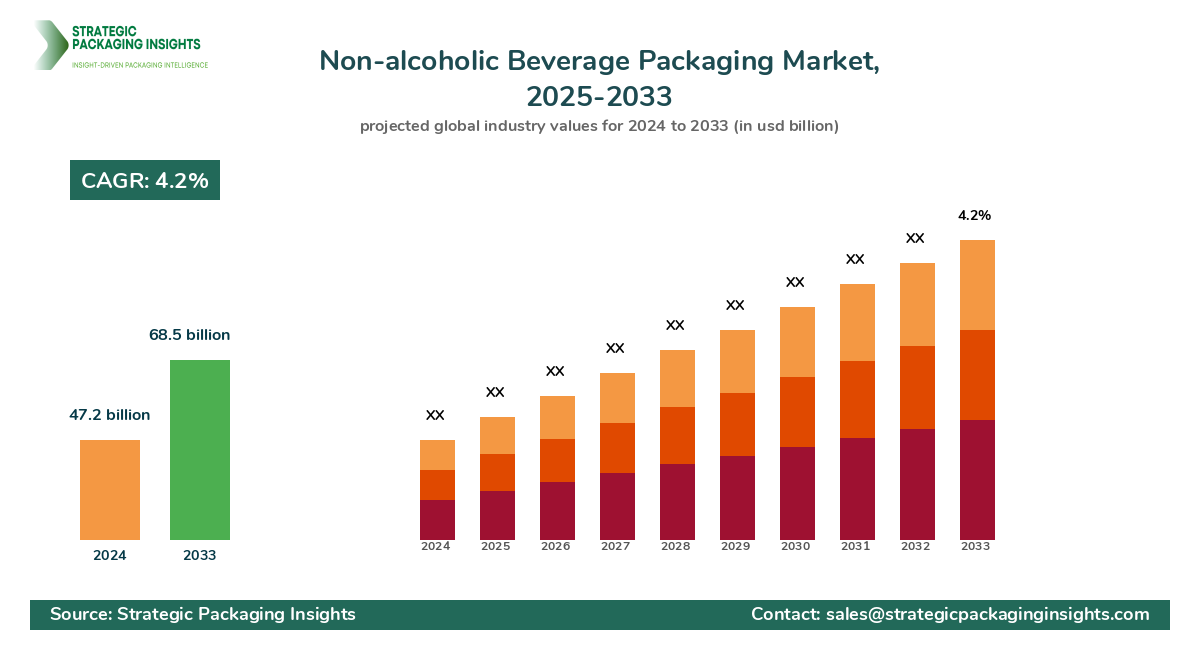
- Increasing demand for sustainable and eco-friendly packaging solutions.
- Growth in e-commerce and online grocery shopping driving packaging innovation.
- Customization and personalization of packaging as a key marketing strategy.
- Stringent regulations on packaging waste and recycling impacting market dynamics.
- Advancements in digital printing technology enabling cost-effective customization.
- Rising consumption of non-alcoholic beverages boosting packaging demand.
- Shift towards lightweight and recyclable materials in packaging.
- Strategic mergers and acquisitions shaping the competitive landscape.
- Focus on research and development to create innovative packaging solutions.
- Emergence of new market players offering niche packaging solutions.
Premium Insights - Key Investment Analysis
The non-alcoholic beverage packaging market is witnessing significant investment activity, driven by the growing demand for sustainable and innovative packaging solutions. Venture capital firms and private equity investors are increasingly focusing on companies that offer eco-friendly packaging options, as sustainability becomes a key consideration for consumers and businesses alike. The market is also seeing a rise in mergers and acquisitions, as established players seek to expand their product portfolios and enhance their market presence.
Investment valuations in the market are being influenced by factors such as the company's ability to innovate, its commitment to sustainability, and its market share. Companies that demonstrate strong growth potential and a focus on sustainable practices are attracting higher valuations and investor interest. The return on investment (ROI) expectations in the market are high, as the demand for non-alcoholic beverages continues to rise and consumers increasingly prioritize environmentally friendly packaging.
Emerging investment themes in the market include the development of biodegradable and compostable packaging materials, as well as the use of advanced technologies such as digital printing and smart packaging. These innovations are expected to drive growth and create new opportunities for investors. However, there are also risks associated with investing in the market, including regulatory challenges and fluctuations in raw material prices. Investors must carefully assess these risks and consider the strategic rationale behind major deals to make informed investment decisions.
Non-alcoholic Beverage Packaging Market Segments Insights

Material Analysis
The material segment of the non-alcoholic beverage packaging market is dominated by plastic, glass, metal, and Paperboard. Plastic packaging, particularly PET bottles, is widely used due to its lightweight, durability, and cost-effectiveness. However, the environmental impact of plastic waste is driving the demand for alternative materials. Glass packaging is favored for its premium appeal and recyclability, making it a popular choice for high-end beverages. Metal packaging, especially aluminum cans, is gaining traction due to its recyclability and ability to preserve the quality of carbonated drinks. Paperboard Packaging is also on the rise, driven by its eco-friendly nature and versatility in design.
Trends in the material segment include the development of biodegradable plastics and the use of recycled materials to reduce environmental impact. Companies are investing in research and development to create sustainable packaging solutions that meet consumer demand for eco-friendly products. The competition in this segment is intense, with players focusing on innovation and sustainability to gain a competitive edge. Customer demand for sustainable packaging is driving companies to explore new materials and technologies that align with environmental goals.
Packaging Type Analysis
The packaging type segment includes bottles, cans, cartons, and pouches. Bottles, particularly PET bottles, are the most widely used packaging type for non-alcoholic beverages due to their convenience and cost-effectiveness. Cans are popular for carbonated soft drinks and energy drinks, offering excellent protection against light and oxygen. Cartons are favored for juices and dairy-based beverages, providing a sustainable and lightweight packaging solution. Pouches are gaining popularity for their convenience and ability to reduce packaging waste.
Trends in the packaging type segment include the rise of flexible packaging solutions, such as pouches, which offer convenience and sustainability. Companies are focusing on developing packaging solutions that enhance product shelf life and reduce environmental impact. The competition in this segment is driven by the need for innovation and differentiation, with companies investing in new technologies and designs to meet consumer preferences. Customer demand for convenient and sustainable packaging is shaping the future of this segment.
Application Analysis
The application segment of the non-alcoholic beverage packaging market includes carbonated soft drinks, juices, bottled water, ready-to-drink tea and coffee, and functional beverages. Carbonated soft drinks remain a dominant application, driving demand for cans and PET bottles. Juices and bottled water are also significant contributors to the market, with a growing preference for sustainable packaging solutions. Ready-to-drink tea and coffee are gaining popularity, offering convenience and a wide range of flavors. Functional beverages, such as energy drinks and sports drinks, are driving innovation in packaging to enhance product appeal and functionality.
Trends in the application segment include the rise of health-conscious consumers seeking beverages with natural ingredients and minimal packaging. Companies are focusing on developing packaging solutions that preserve the quality and freshness of beverages while minimizing environmental impact. The competition in this segment is intense, with players striving to differentiate their products through innovative packaging designs and sustainable practices. Customer demand for healthy and convenient beverage options is driving growth in this segment.
Regional Analysis
The regional segment of the non-alcoholic beverage packaging market is characterized by varying demand patterns and growth drivers. North America and Europe are mature markets, with a strong focus on sustainability and innovation. The Asia Pacific region is experiencing rapid growth, driven by increasing urbanization, rising disposable incomes, and a growing middle class. Latin America and the Middle East & Africa are emerging markets, offering significant growth opportunities due to increasing consumer awareness and demand for non-alcoholic beverages.
Trends in the regional segment include the adoption of sustainable packaging solutions and the rise of e-commerce, which is driving demand for packaging that ensures product safety during transit. Companies are focusing on expanding their presence in emerging markets to capitalize on growth opportunities. The competition in this segment is driven by the need for innovation and differentiation, with companies investing in new technologies and designs to meet regional consumer preferences. Customer demand for convenient and sustainable packaging is shaping the future of this segment.
Market Share Analysis
The market share distribution of key players in the non-alcoholic beverage packaging market is influenced by factors such as innovation, sustainability, and strategic partnerships. Leading companies such as Amcor plc, Ball Corporation, and Tetra Pak International S.A. are at the forefront, leveraging their expertise and resources to maintain a competitive edge. These companies are investing in research and development to create innovative packaging solutions that meet consumer demand for eco-friendly products.
Companies that are gaining market share are those that prioritize sustainability and innovation, offering packaging solutions that align with consumer preferences and regulatory requirements. The competitive positioning of companies is influenced by their ability to adapt to changing market dynamics and invest in new technologies. Market share distribution affects pricing strategies, with companies that offer unique and sustainable packaging solutions able to command premium prices. Partnerships and collaborations are also playing a crucial role in shaping the competitive landscape, as companies seek to expand their product portfolios and enhance their market presence.
Top Countries Insights in Non-alcoholic Beverage Packaging
The United States is a leading market for non-alcoholic beverage packaging, with a market size of $12.5 billion and a CAGR of 4%. The demand for sustainable packaging solutions and the rise of e-commerce are driving growth in this market. China is another key market, with a market size of $10.2 billion and a CAGR of 6%. The increasing consumption of non-alcoholic beverages and the focus on sustainability are key growth drivers in this market.
Germany is a significant market in Europe, with a market size of $8.1 billion and a CAGR of 3%. The demand for eco-friendly packaging solutions and the rise of health-conscious consumers are driving growth in this market. Brazil is an emerging market, with a market size of $5.6 billion and a CAGR of 5%. The increasing demand for non-alcoholic beverages and the focus on sustainability are key growth drivers in this market.
India is another emerging market, with a market size of $4.3 billion and a CAGR of 7%. The rising disposable incomes and the growing middle class are driving demand for non-alcoholic beverages and packaging solutions. The focus on sustainability and the rise of e-commerce are also contributing to market growth in India.
Non-alcoholic Beverage Packaging Market Segments
The Non-alcoholic Beverage Packaging market has been segmented on the basis of
Material
- Plastic
- Glass
- Metal
- Paperboard
Packaging Type
- Bottles
- Cans
- Cartons
- Pouches
Application
- Carbonated Soft Drinks
- Juices
- Bottled Water
- Ready-to-Drink Tea and Coffee
- Functional Beverages
Region
- Asia Pacific
- North America
- Latin America
- Europe
- Middle East & Africa
Primary Interview Insights
What are the key drivers of growth in the non-alcoholic beverage packaging market?
How are companies addressing the demand for sustainable packaging solutions?
What role does customization play in the non-alcoholic beverage packaging market?
What are the challenges faced by the non-alcoholic beverage packaging market?
Which regions are experiencing the fastest growth in the non-alcoholic beverage packaging market?
Latest Reports

The Hot Melt Glue Labeler market was valued at $1.2 billion in 2024 and is projected to reach $2.3 billion by 2033, growing at a CAGR of 6.5% during the forecast period 2025–2033.

The Ethical Label market was valued at $1.5 billion in 2024 and is projected to reach $3.2 billion by 2033, growing at a CAGR of 8.5% during the forecast period 2025–2033.

The Packaging Tensioner market was valued at $1.2 billion in 2024 and is projected to reach $2.3 billion by 2033, growing at a CAGR of 6.5% during the forecast period 2025–2033.
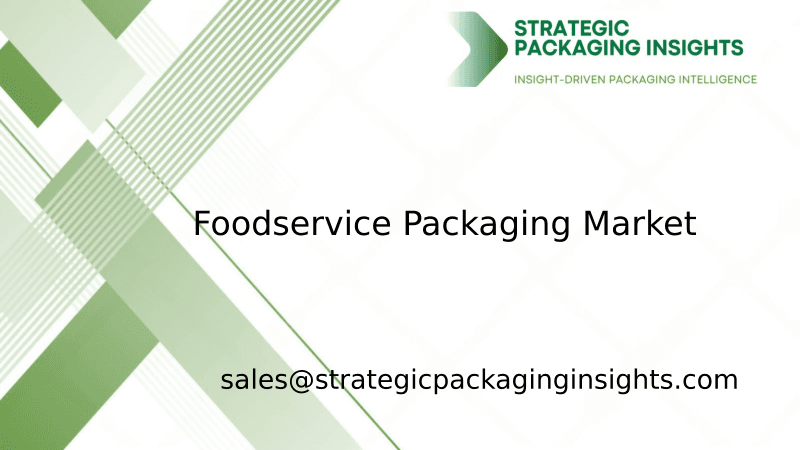
The foodservice packaging market was valued at $120 billion in 2024 and is projected to reach $180 billion by 2033, growing at a CAGR of 4.5% during the forecast period 2025–2033.

The nano-enabled packaging market was valued at $15.2 billion in 2024 and is projected to reach $35.6 billion by 2033, growing at a CAGR of 9.5% during the forecast period 2025–2033.
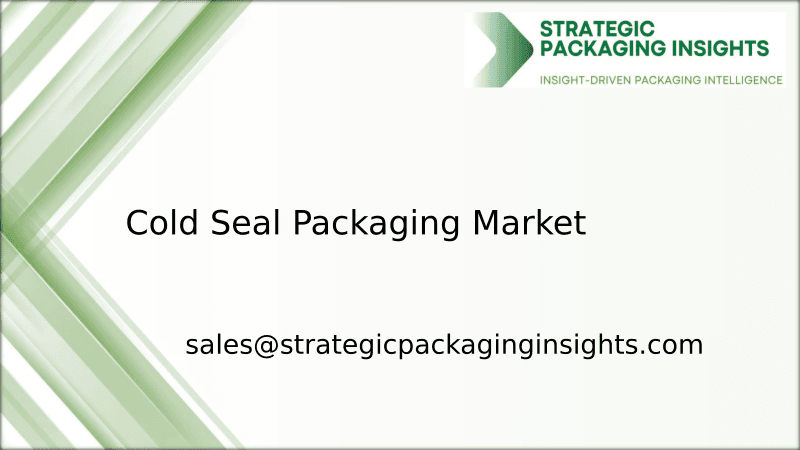
The Cold Seal Packaging market was valued at $1.5 billion in 2024 and is projected to reach $2.3 billion by 2033, growing at a CAGR of 4.8% during the forecast period 2025–2033.

The Transparent Barrier Packaging Films market was valued at $12.5 billion in 2024 and is projected to reach $20.3 billion by 2033, growing at a CAGR of 5.8% during the forecast period 2025–2033.
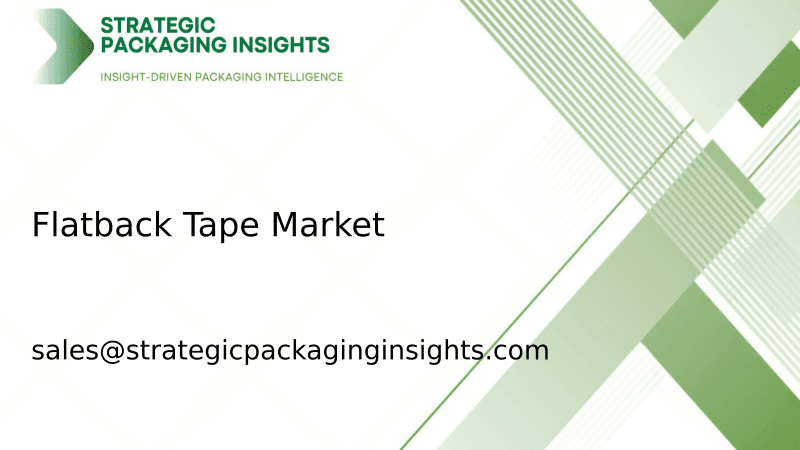
The Flatback Tape market was valued at $2.5 billion in 2024 and is projected to reach $4.1 billion by 2033, growing at a CAGR of 5.8% during the forecast period 2025–2033.
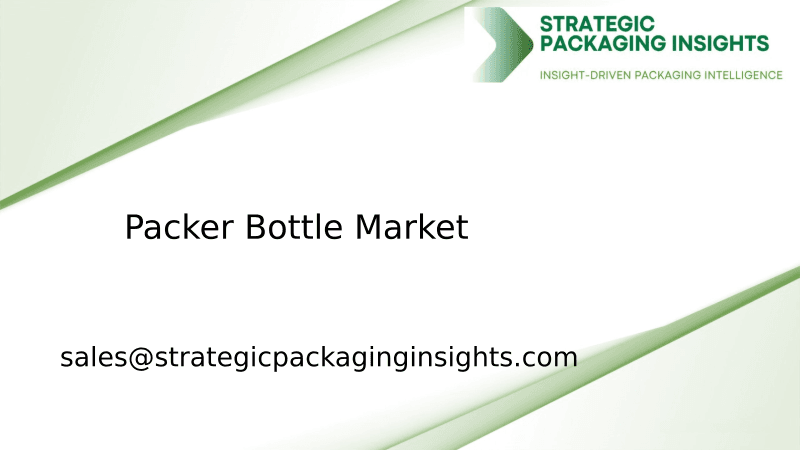
The packer bottle market was valued at $3.5 billion in 2024 and is projected to reach $5.8 billion by 2033, growing at a CAGR of 5.2% during the forecast period 2025–2033.
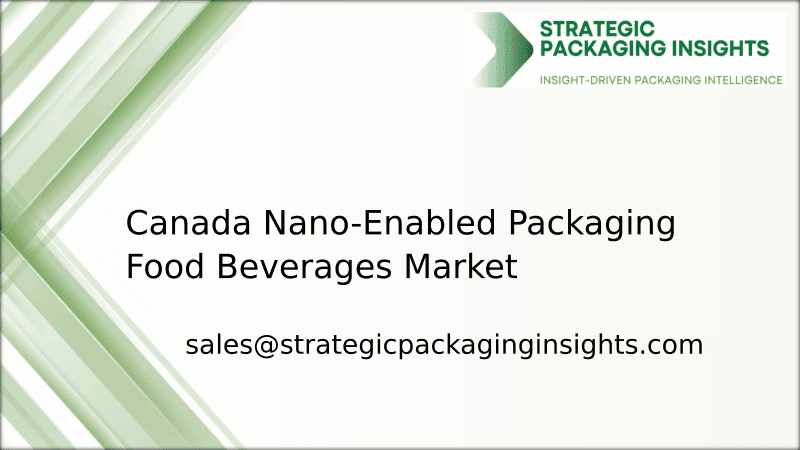
The Canada Nano-Enabled Packaging Food Beverages market was valued at $1.2 billion in 2024 and is projected to reach $3.5 billion by 2033, growing at a CAGR of 12.5% during the forecast period 2025–2033.
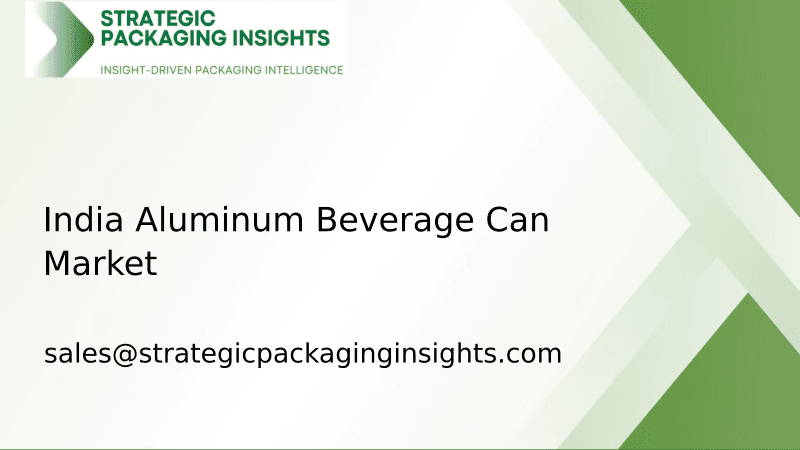
The India Aluminum Beverage Can market was valued at $1.2 billion in 2024 and is projected to reach $2.5 billion by 2033, growing at a CAGR of 8.5% during the forecast period 2025–2033.
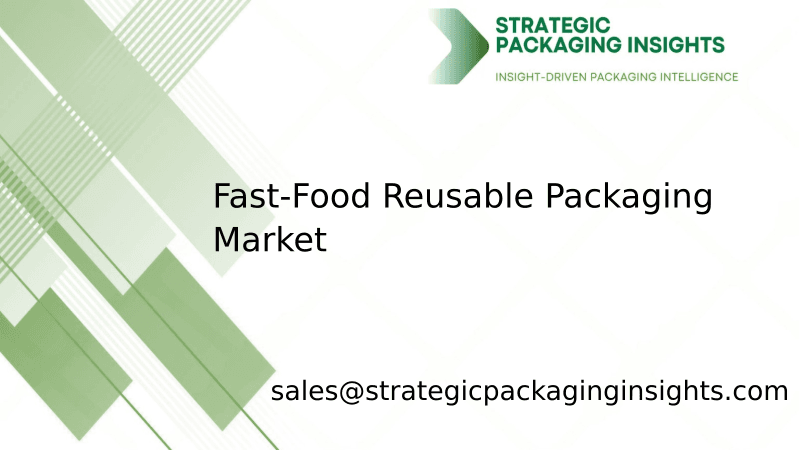
The fast-food reusable packaging market was valued at $1.2 billion in 2024 and is projected to reach $3.5 billion by 2033, growing at a CAGR of 12.5% during the forecast period 2025–2033.
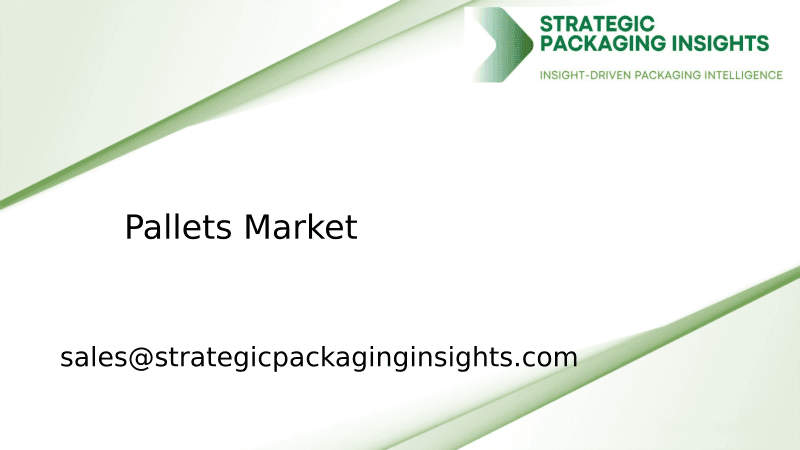
The pallets market was valued at $59.91 billion in 2024 and is projected to reach $88.69 billion by 2033, growing at a CAGR of 4.5% during the forecast period 2025–2033.

The lamination adhesives market was valued at $2.5 billion in 2024 and is projected to reach $4.1 billion by 2033, growing at a CAGR of 5.8% during the forecast period 2025–2033.
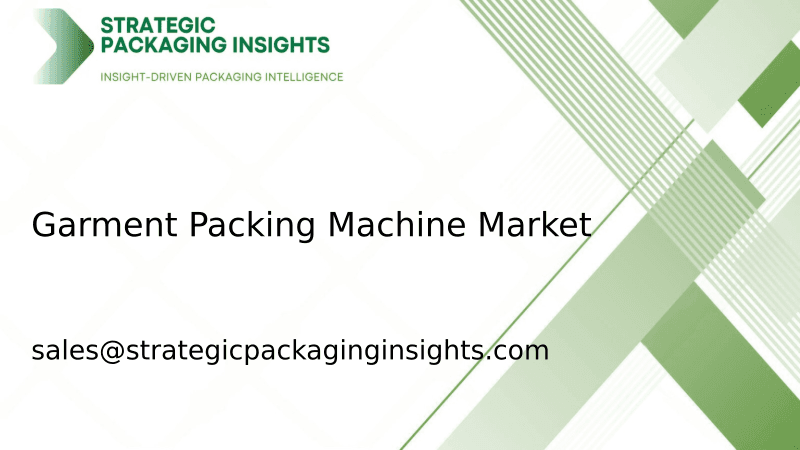
The garment packing machine market was valued at $1.2 billion in 2024 and is projected to reach $2.5 billion by 2033, growing at a CAGR of 8.5% during the forecast period 2025–2033.
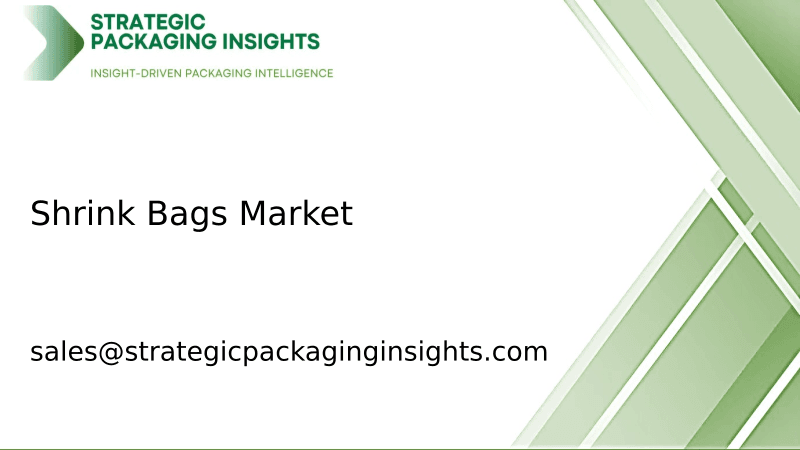
The shrink bags market was valued at $3.5 billion in 2024 and is projected to reach $5.8 billion by 2033, growing at a CAGR of 5.2% during the forecast period 2025–2033.
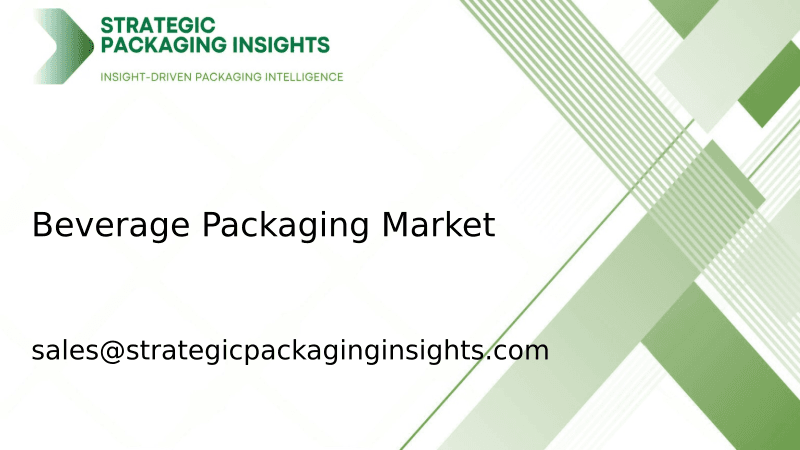
The beverage packaging market was valued at $128 billion in 2024 and is projected to reach $186 billion by 2033, growing at a CAGR of 4.2% during the forecast period 2025–2033.
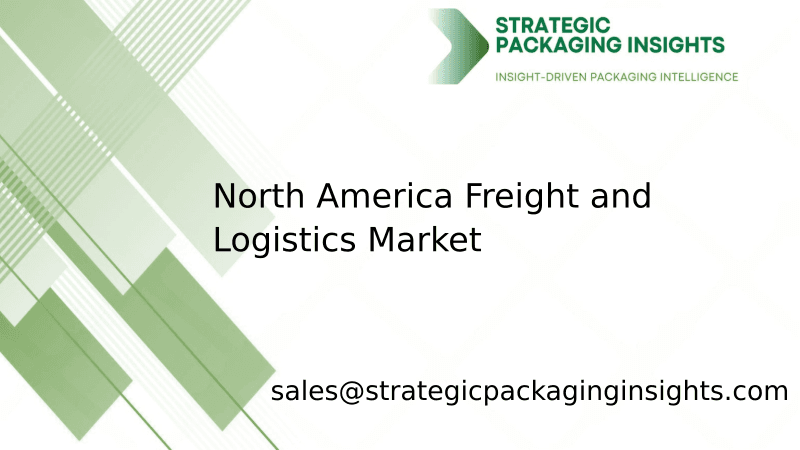
The North America Freight and Logistics market was valued at $1,200 billion in 2024 and is projected to reach $1,800 billion by 2033, growing at a CAGR of 4.5% during the forecast period 2025–2033.
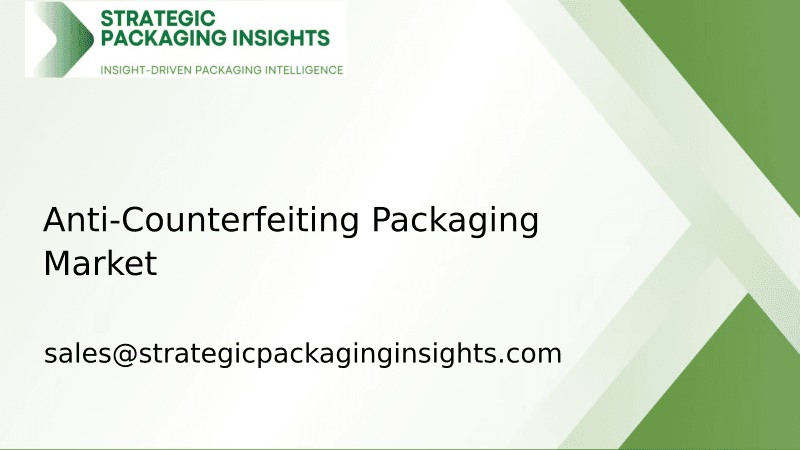
The Anti-Counterfeiting Packaging market was valued at $105 billion in 2024 and is projected to reach $182 billion by 2033, growing at a CAGR of 6.5% during the forecast period 2025–2033.

The Active and Modified Atmospheric Packaging market was valued at $15.2 billion in 2024 and is projected to reach $25.8 billion by 2033, growing at a CAGR of 6.5% during the forecast period 2025–2033.

The molded fiber packaging market was valued at $7.5 billion in 2024 and is projected to reach $12.3 billion by 2033, growing at a CAGR of 5.8% during the forecast period 2025–2033.

The micro packaging market was valued at $1.2 billion in 2024 and is projected to reach $2.5 billion by 2033, growing at a CAGR of 8.5% during the forecast period 2025–2033.

The Anti-counterfeit Pharmaceuticals Packaging market was valued at $80 billion in 2024 and is projected to reach $150 billion by 2033, growing at a CAGR of 7.5% during the forecast period 2025–2033.
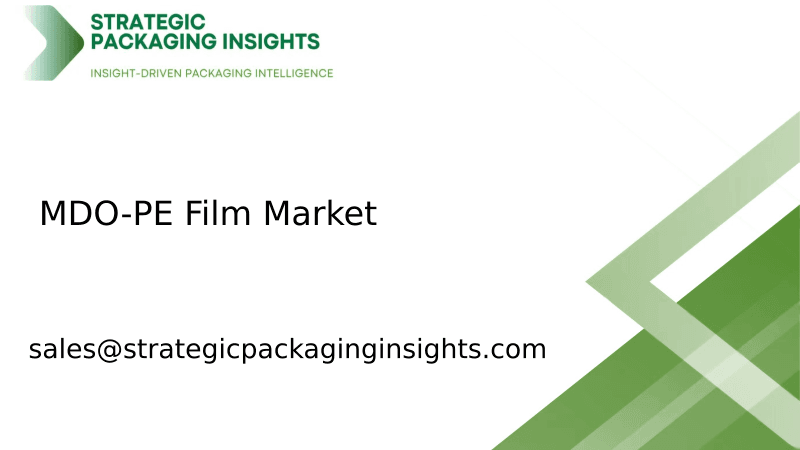
The MDO-PE Film market was valued at $3.5 billion in 2024 and is projected to reach $5.8 billion by 2033, growing at a CAGR of 5.2% during the forecast period 2025–2033.
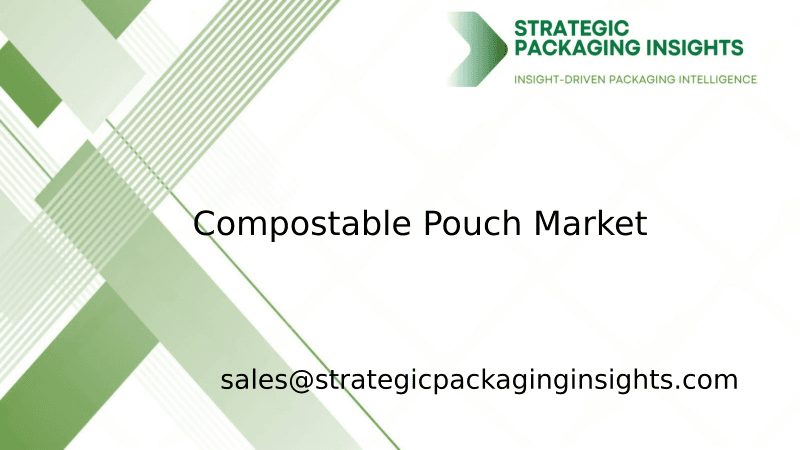
The compostable pouch market was valued at $1.2 billion in 2024 and is projected to reach $3.5 billion by 2033, growing at a CAGR of 12.5% during the forecast period 2025–2033.

The Hot Melt Glue Labeler market was valued at $1.2 billion in 2024 and is projected to reach $2.3 billion by 2033, growing at a CAGR of 6.5% during the forecast period 2025–2033.

The Ethical Label market was valued at $1.5 billion in 2024 and is projected to reach $3.2 billion by 2033, growing at a CAGR of 8.5% during the forecast period 2025–2033.

The Packaging Tensioner market was valued at $1.2 billion in 2024 and is projected to reach $2.3 billion by 2033, growing at a CAGR of 6.5% during the forecast period 2025–2033.

The foodservice packaging market was valued at $120 billion in 2024 and is projected to reach $180 billion by 2033, growing at a CAGR of 4.5% during the forecast period 2025–2033.

The nano-enabled packaging market was valued at $15.2 billion in 2024 and is projected to reach $35.6 billion by 2033, growing at a CAGR of 9.5% during the forecast period 2025–2033.

The Cold Seal Packaging market was valued at $1.5 billion in 2024 and is projected to reach $2.3 billion by 2033, growing at a CAGR of 4.8% during the forecast period 2025–2033.

The Transparent Barrier Packaging Films market was valued at $12.5 billion in 2024 and is projected to reach $20.3 billion by 2033, growing at a CAGR of 5.8% during the forecast period 2025–2033.

The Flatback Tape market was valued at $2.5 billion in 2024 and is projected to reach $4.1 billion by 2033, growing at a CAGR of 5.8% during the forecast period 2025–2033.

The packer bottle market was valued at $3.5 billion in 2024 and is projected to reach $5.8 billion by 2033, growing at a CAGR of 5.2% during the forecast period 2025–2033.

The Canada Nano-Enabled Packaging Food Beverages market was valued at $1.2 billion in 2024 and is projected to reach $3.5 billion by 2033, growing at a CAGR of 12.5% during the forecast period 2025–2033.

The India Aluminum Beverage Can market was valued at $1.2 billion in 2024 and is projected to reach $2.5 billion by 2033, growing at a CAGR of 8.5% during the forecast period 2025–2033.

The fast-food reusable packaging market was valued at $1.2 billion in 2024 and is projected to reach $3.5 billion by 2033, growing at a CAGR of 12.5% during the forecast period 2025–2033.

The pallets market was valued at $59.91 billion in 2024 and is projected to reach $88.69 billion by 2033, growing at a CAGR of 4.5% during the forecast period 2025–2033.

The lamination adhesives market was valued at $2.5 billion in 2024 and is projected to reach $4.1 billion by 2033, growing at a CAGR of 5.8% during the forecast period 2025–2033.

The garment packing machine market was valued at $1.2 billion in 2024 and is projected to reach $2.5 billion by 2033, growing at a CAGR of 8.5% during the forecast period 2025–2033.

The shrink bags market was valued at $3.5 billion in 2024 and is projected to reach $5.8 billion by 2033, growing at a CAGR of 5.2% during the forecast period 2025–2033.

The beverage packaging market was valued at $128 billion in 2024 and is projected to reach $186 billion by 2033, growing at a CAGR of 4.2% during the forecast period 2025–2033.

The North America Freight and Logistics market was valued at $1,200 billion in 2024 and is projected to reach $1,800 billion by 2033, growing at a CAGR of 4.5% during the forecast period 2025–2033.

The Anti-Counterfeiting Packaging market was valued at $105 billion in 2024 and is projected to reach $182 billion by 2033, growing at a CAGR of 6.5% during the forecast period 2025–2033.

The Active and Modified Atmospheric Packaging market was valued at $15.2 billion in 2024 and is projected to reach $25.8 billion by 2033, growing at a CAGR of 6.5% during the forecast period 2025–2033.

The molded fiber packaging market was valued at $7.5 billion in 2024 and is projected to reach $12.3 billion by 2033, growing at a CAGR of 5.8% during the forecast period 2025–2033.

The micro packaging market was valued at $1.2 billion in 2024 and is projected to reach $2.5 billion by 2033, growing at a CAGR of 8.5% during the forecast period 2025–2033.

The Anti-counterfeit Pharmaceuticals Packaging market was valued at $80 billion in 2024 and is projected to reach $150 billion by 2033, growing at a CAGR of 7.5% during the forecast period 2025–2033.

The MDO-PE Film market was valued at $3.5 billion in 2024 and is projected to reach $5.8 billion by 2033, growing at a CAGR of 5.2% during the forecast period 2025–2033.

The compostable pouch market was valued at $1.2 billion in 2024 and is projected to reach $3.5 billion by 2033, growing at a CAGR of 12.5% during the forecast period 2025–2033.
